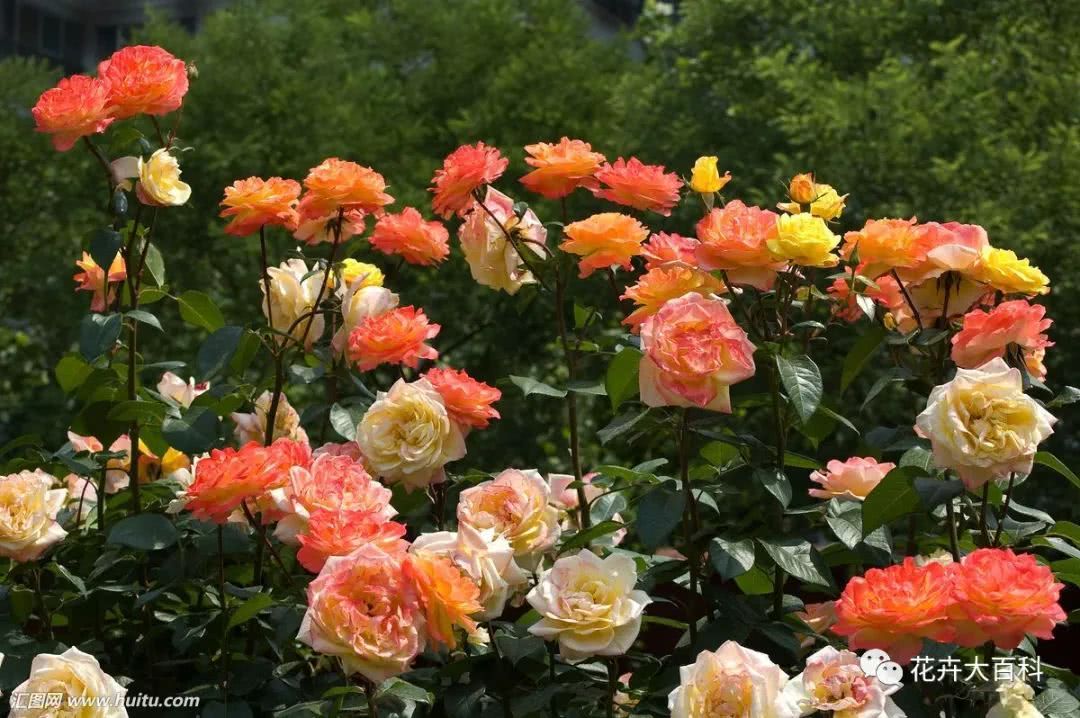Can wild dried mushrooms be artificially cultivated at an expensive price?

Abstract: wild dry bacilli are expensive, can they be planted artificially?
Some people say that in addition to Tricholoma matsutake, dry bacillus is more expensive on the mountain, can it be planted manually? Bacillus thunbergii, the scientific name of Bacillus thunbergii, is a kind of wild rare edible fungus. This kind of bacteria can be fried with green peppers or eggs. Because of its strong aroma, tough meat and endless chewiness, it is very similar to the taste of pickled beef jerky, which is commonly known as dry ba, so it is called Ganba. The price of dry bacilli has been high, 8-1000 yuan / kg. Because at present, dry bacillus mainly exists in the wild among mountain pine trees in Yunnan and Hubei, and it has not been found in other places, including abroad.
The price of dry bacilli is so high that there are no other areas except Yunnan and Hubei, so how does it grow? What are the requirements for the growing environment?
Ganba bacteria mainly grow in the rainy season of July and August every year, because the roots of pine trees are infected by Ganba bacteria, and then some of the nutrients absorbed by pine roots are absorbed by Ganba mycorrhizae, which are attached to pine roots, and the two are symbiotic. Pseudomonas aeruginosa can also provide the necessary nutrients for pine trees, and if the pine roots do not absorb these nutrients, there may be a decline in resistance and death.
Some studies have shown that the bacteria were artificially isolated from the wild bacteria, made into mushroom clumps, and then placed next to the pine roots in the mountain forest, and it was found that the survival rate was less than 20%. Another way is to mix pine seeds with dry bacillus, and then artificially cultivate small pine seedlings to obtain dry bacillus plants indirectly. At present, this method is still in scientific research, and it has not been reported that it has been successfully cultivated.
This method is feasible in theory, and the specific operation methods are as follows:
From the growth characteristics of pine trees, if pine trees want to survive, they can not do without mycorrhizal fungi to provide nutrition. Mycorrhizal fungi act as the fibrous roots of pine trees. These "fibrous roots" are important parts for pine trees to absorb water and nutrients from the soil. And this mycorrhizal fungus can also secrete some substances, which can prevent pine roots from being infected by pathogenic bacteria. It is precisely because of this interrelationship that pine trees and mycorrhizal fungi maintain a very delicate state. Then there are many kinds of mycorrhizal fungi in pine trees, such as Boletus, Mabo, Ganba and so on. In other words, dry bacillus is only one kind of mycorrhizal fungi.
So mix pine seeds with dry bacilli and give them as much as possible to contact the roots of pine trees in order to form symbiosis after infection. After the Yunnan pine seed germinates, it needs mycorrhizal fungi to infect his roots, thus forming a symbiotic relationship. After the pine tree survives, the dry bacillus will grow slowly.
- Prev

How to deal with wasp stings in the wild?
Abstract: what should I do if I am stung by a wasp in the wild? In the Legend of the month, Shu has designed to poison Miyue's son with bees. Although it is a TV series, this kind of killer bee does exist, although it is a hornet species.
- Next

The symptom and transmission route of rose brown spot can make the rose flower more robust from the source.
Rose black spot disease, also known as brown spot disease, is a common disease of Chinese rose. First of all, we should start from the source of infection, clean up the fallen leaves and remove insect branches and diseased leaves in time. Broad-spectrum fungicides were used to control the disease from the early stage of the disease. Beautiful.
Related
- Wuhan Hospital Iron Tree Blooming Result Was Instantly Frightened by the Gardener Master
- Which variety of camellia is the most fragrant and best? Which one do you like best?
- What is the small blue coat, the breeding methods and matters needing attention of the succulent plant
- Dormancy time and maintenance management of succulent plants during dormancy
- Minas succulent how to raise, Minas succulent plant pictures
- What are the varieties of winter succulent plants
- How to raise succulent plants in twelve rolls? let's take a look at some experience of breeding twelve rolls.
- Attention should be paid to water control for succulent plants during dormant period (winter and summer)
- Watering experience of twelve rolls of succulent plants
- Techniques for fertilizing succulent plants. An article will let you know how to fertilize succulent plants.

